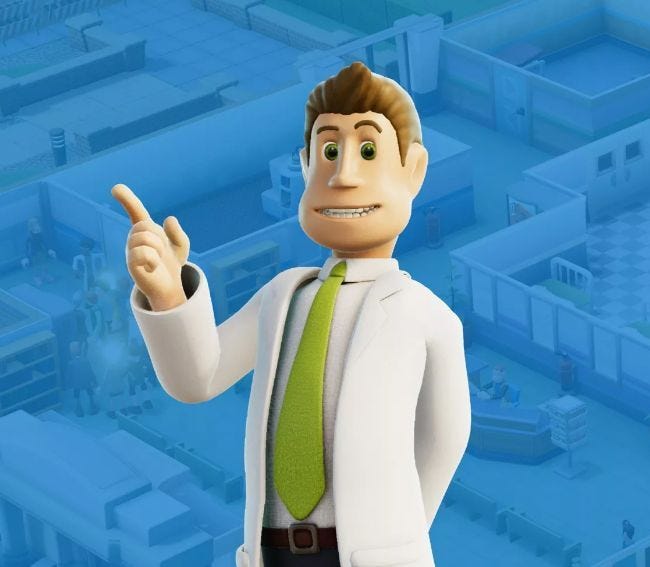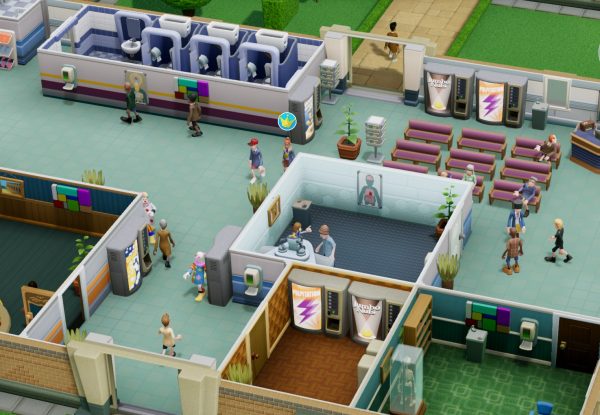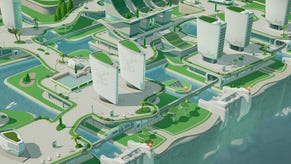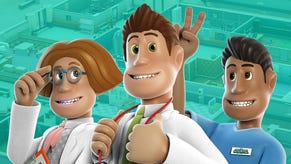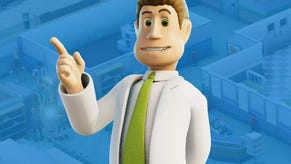Two Point Hospital: How to create Prestige rooms to increase your hospital's value and attractiveness
Running a successful hospital requires a lot of patience, investment and time, but there are a few shortcuts you can use to net that three-star rating quickly.
Alongside improving staff morale and investing in their training, there are different ways to get a three-star hospital rating in Two Point Hospital. By creating Prestige rooms you'll not only get a better star rating, but your hospital's value will also increase and it'll be more attractive to patients and staff alike.
You'll need to work through the tutorial hospitals before you can start building the best possible versions but let's take a look at what you need to do.
Two Point Hospital: How to create Prestige rooms and improve attractiveness
To create a Prestige room, you'll need to make a well-sized room that has windows, bins, decorations and, depending on the area in question, adequate equipment like beds, diagnostic tools or even food and beverage dispensers. While it might be tempting to have wide, open rooms with little clutter, your hospital attractiveness will increase if you fill those spaces with nice decorations, such as gold rewards when you receive them. You might find that dropping a few plants around the hospital does the trick, so try and fill any empty spaces with something as it'll act as a negative against your happiness.
The same trick works for increasing your hospital value. If staff morale is high and they're well trained, your patients will be happier. If there are lots of decorations, radiators and plants everywhere, your hospital attractiveness increases, meaning that more patients are likely to visit. If you have a steady flow of customers, I mean, patients, think about increasing your fees to boost profits.
Two Point Hospital: How to increase your hospital's value
You can lure patients in with low fees, then ramp them up suddenly once the hospital waiting rooms get very busy. One thing you'll need to constantly manage is staff inefficiency, which essentially means staff aren't doing their jobs because they are running from ghosts, looking for break rooms or wandering off to a far away toilet. The hospital layout is important here, so let's look at an example that will boost happiness, value and productivity all round:
When thinking about room placement, you'll want to have a reception, GP office and diagnosis rooms closeby. Additionally, you'll want adequate seating, toilets, a break room and sources of food and drink nearby for staff and patients. You should also place wall art, plants, radiators and the like around the waiting area and in all the rooms. Make sure you have enough staff and hold off giving them a big raise unless they threaten to quit. Discount the likes of GP and Diagnoses rooms to attract patients, then ramp up the cost once it gets busy. Emergencies follow a similar pattern; convert a space into an emergency treatment room and hire more staff short term to treat the maximum number of patients.
You can also be a bit more brutal and sack less-qualified staff in favour of new ones if you can't afford the staff shortage while training them. Keep moving on to different hospitals, too, as you can revisit older ones and build the new room types upon your return. Buying new buildings is also an expensive venture, but can turn you a tidy profit if planned well. You can track everything on the profits screen that will also show you any outstanding loans you may need to pay off.
If you plan ahead, micromanage emergencies and cover every available square inch in decorations and awards, you'll see an increase in profits and attractiveness, as well as hitting the much sought after three-star hospital rating.
